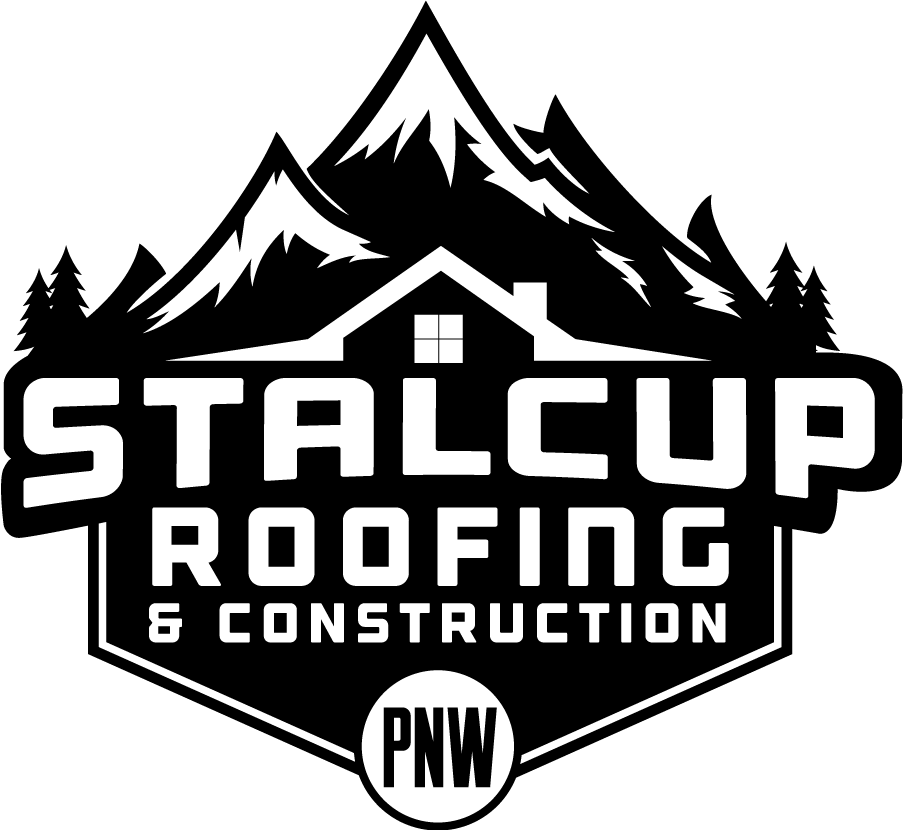Choosing the right roofing system for a commercial property is an important decision that affects the building’s energy efficiency, maintenance needs, and cost-effectiveness, among other things. Roofs come in a wide range of styles and materials, each with its own set of pros and cons, so it’s important for building owners to make an informed decision.
Flat Roof Systems vs. Sloped Roof Systems
Commercial buildings often feature flat roofs because of their low maintenance, low cost, and ability to make the most of available space. In addition, they offer a practical spot for solar panels and HVAC systems. However, to avoid water pooling, flat roofs necessitate meticulous drainage.
Sloped roofs offer an advantage in terms of natural drainage and aesthetics despite their rarity in commercial buildings. They are commonly found in retail or mixed-use buildings that aim for a more conventional look. Building design, climate, and functional needs are the primary factors to consider when determining whether a flat or sloped system is better.
Benefits of TPO Roofing
The many advantages of thermoplastic polyolefin (TPO) roofing contribute to its meteoric rise in popularity among businesses. TPO roofs have a long lifespan because they are resistant to UV light, chemicals, punctures, and tears. Thanks to their reflecting qualities, TPO membranes are very energy efficient and last a long time. Plus, because of how light it is, this material is both easier to install and less demanding on structural components. Furthermore, TPO is a green choice because it is recyclable and does not emit any toxic chemicals.
Exploring EPDM Rubber Roofs
Another common choice for commercial buildings, particularly those with flat or low-slope roofs, is ethylene propylene diene monomer (EPDM) rubber roofing. Thanks to EPDM’s extraordinary resistance to weathering, ultraviolet radiation, and extreme temperatures, these roofing systems can last 30 years or longer with regular maintenance.
EPDM roofing is easy to install and maintain, saving business owners money on installation and maintenance costs. Although EPDM is most commonly seen in black, it is also available in white for areas with warmer climates that require more insulation. The material’s adaptability and versatility make it a great pick for a wide range of commercial roofing needs.
The Advantages of PVC Roofing
Polyvinyl chloride (PVC) roofing coverings can benefit commercial structures that need chemical resistance or improved fire safety. PVC roofing is a hallmark of longevity, with several models lasting more than 20 years. Its ability to withstand rips, tears, and impact damage makes it an ideal choice for heavily populated roof areas.
Because of their high reflectivity, PVC membranes can also help reduce cooling costs by increasing energy efficiency. Another benefit of PVC roofing systems is their compatibility with seam welding, which forms a watertight barrier and increases the roof’s lifespan and performance.
Metal Roofing Options
Metal roofs, made of various materials like steel, aluminum, and copper, can last 40 years or longer with regular maintenance. Because of their high resilience to wind, fire, and collision, they can withstand a wide variety of weather conditions. By reflecting solar radiation, metal roofs can also help save on cooling costs.
While metal roofing may seem like a more expensive option at first, its low maintenance needs and long lifespan can save you money in the long run. Businesses that value sustainability will also appreciate that metal roofs are recyclable.
Modified Bitumen Roofing: What You Need to Know
Modified bitumen roofing, which combines the advantages of conventional bitumen with those of contemporary polymer-modified technology, is another common option for commercial structures. In this system, reinforced roof textiles made of asphalt combined with polymer-modified asphalt provide superior strength, flexibility, and longevity.
Modified bitumen roofs’ many admirable qualities include their resilience to thermal cycling, low maintenance requirements, and outstanding waterproofing properties. Installing them is a breeze, as they are compatible with both hot and cold application methods. With regular care, these roofs have a lifespan of 20 years or longer, making them an affordable choice for numerous commercial uses. Now that you know some of the best roofing options for commercial buildings, it’s time to speak with an expert. Here at Stalcup Roofing & Construction, we also help commercial property owners with roof cleaning, roof ventilation, gutter cleaning, storm damage restoration, and more. Call us now to schedule commercial roofing services in Eagle Creek, OR.

